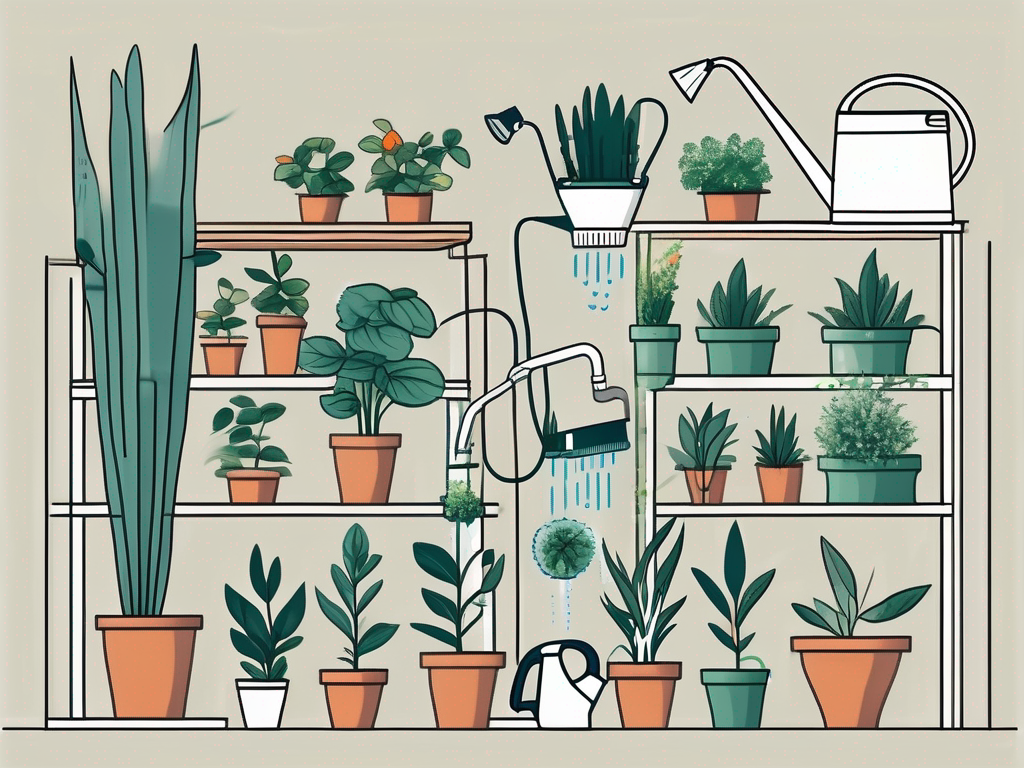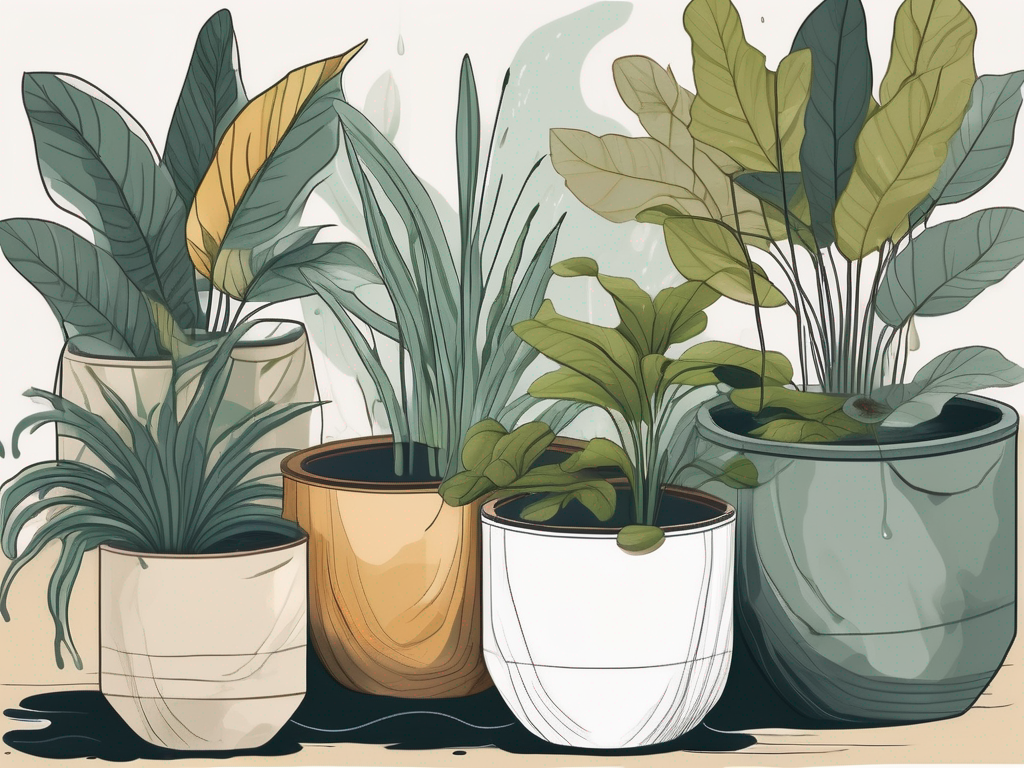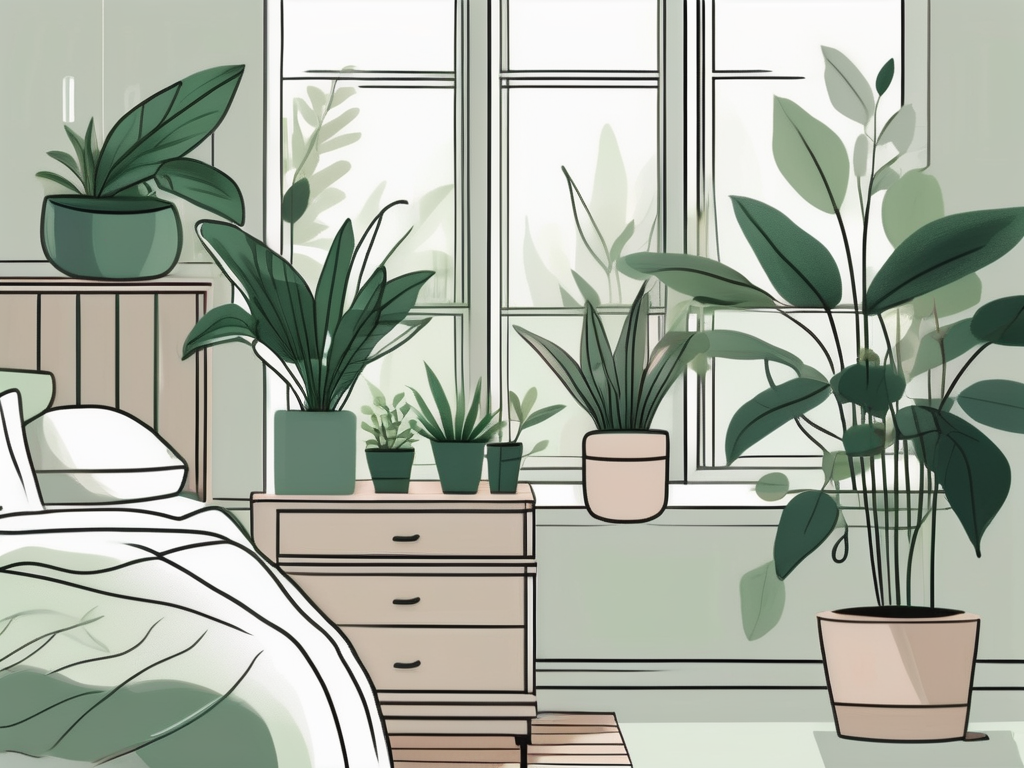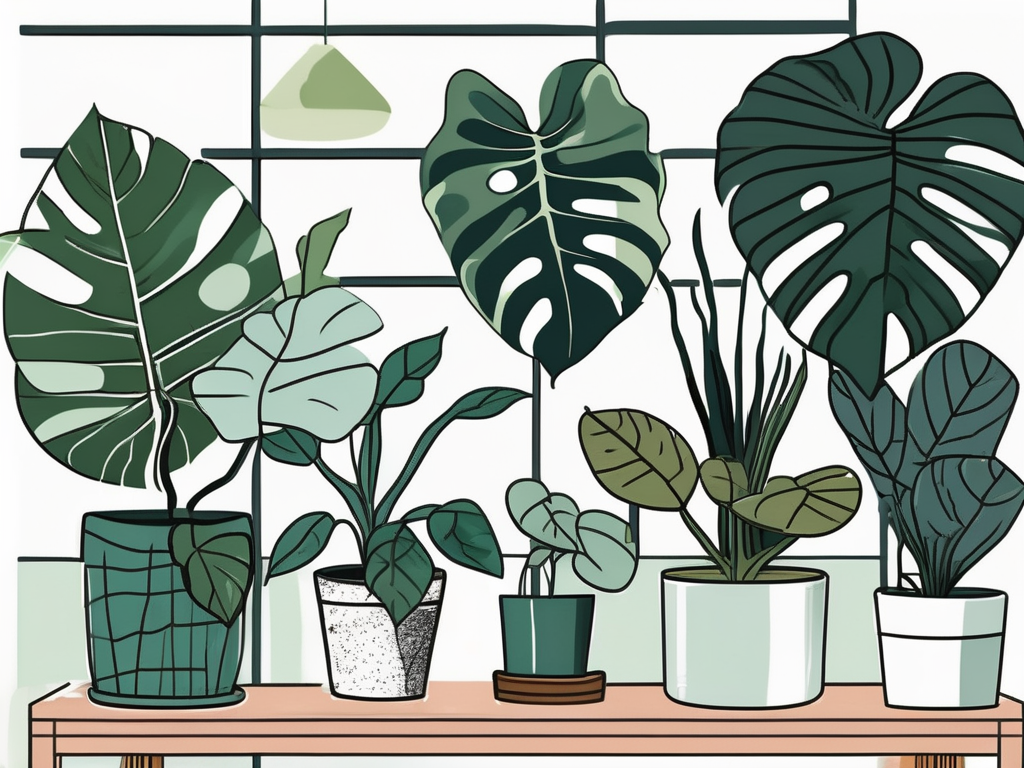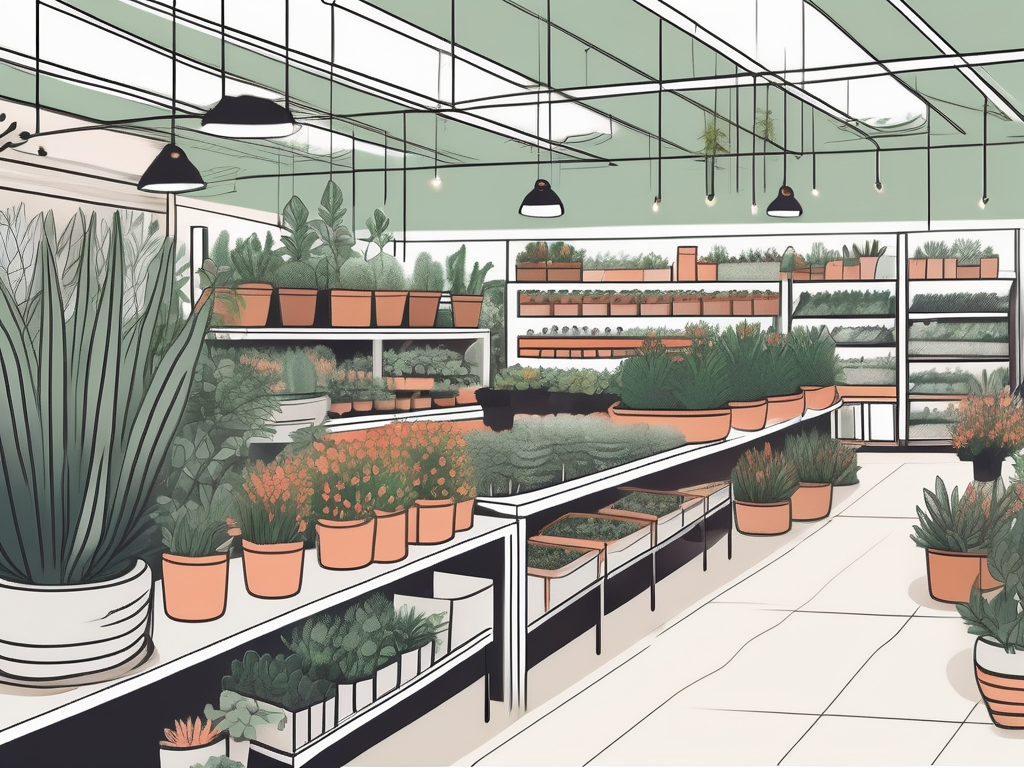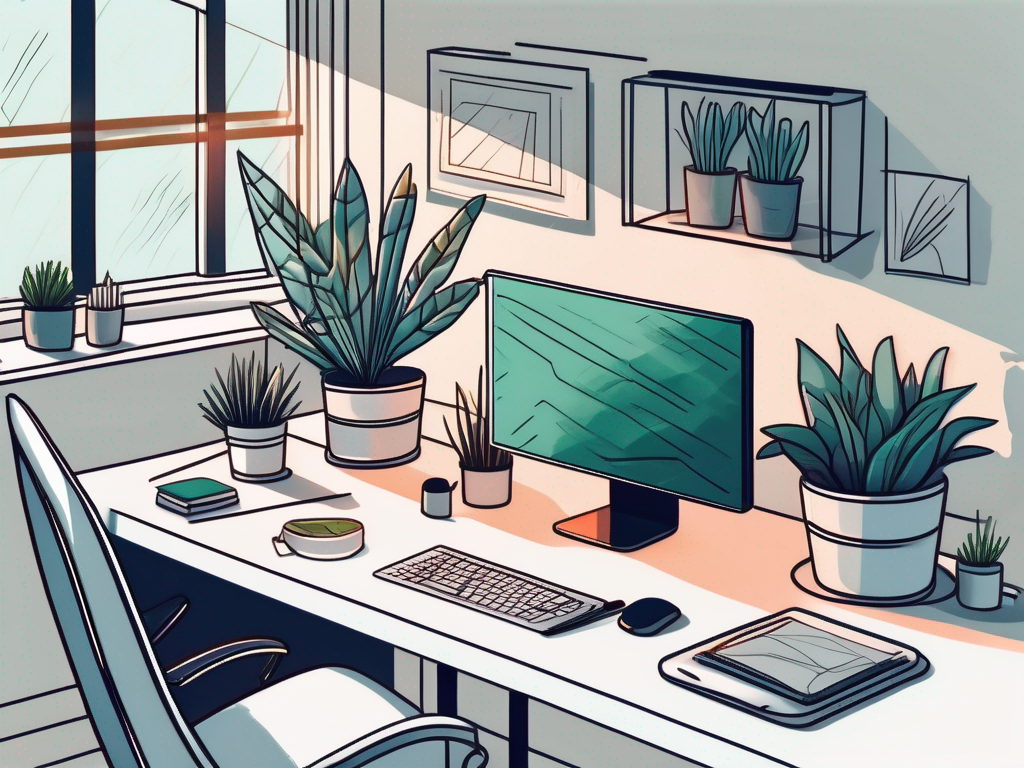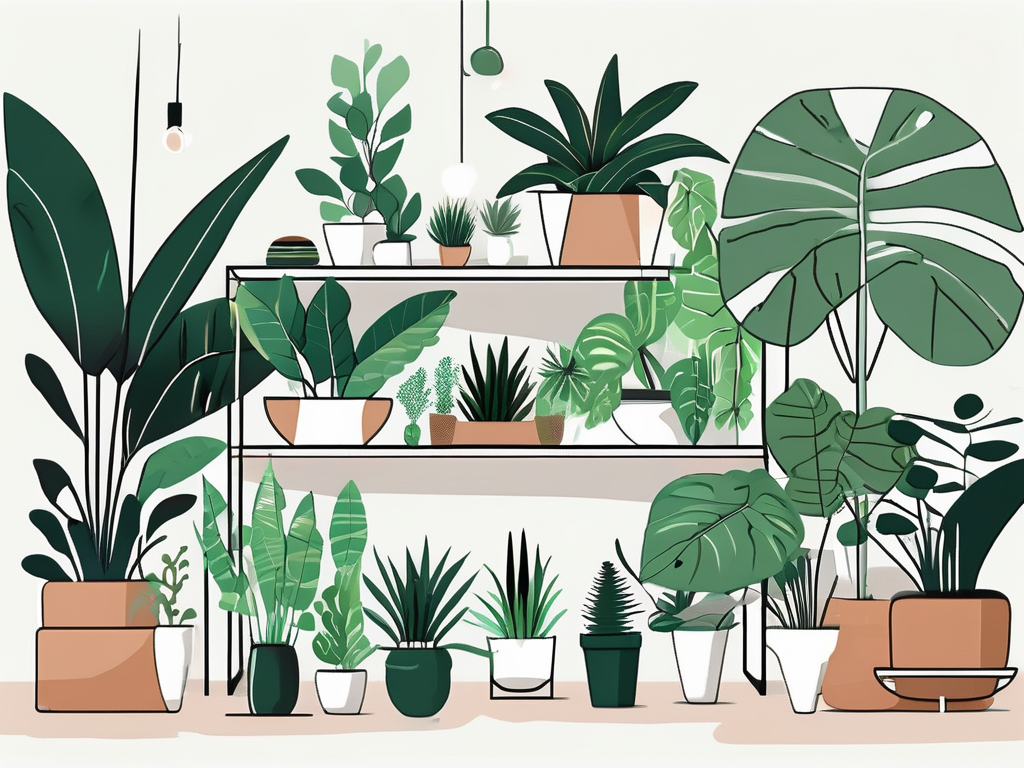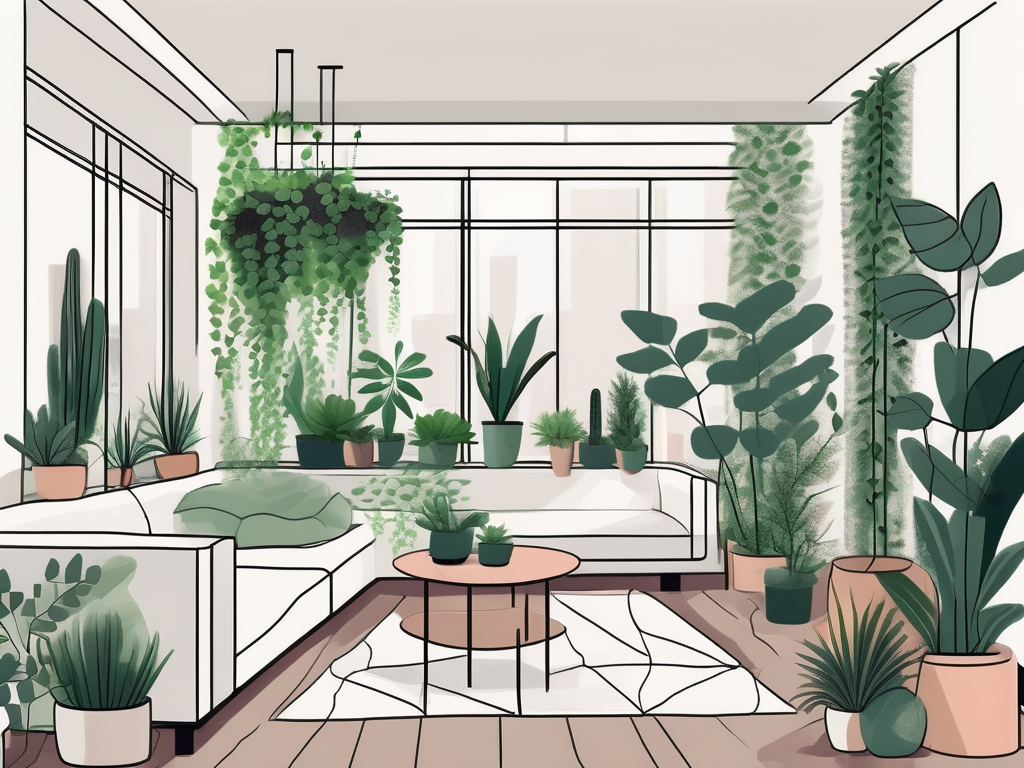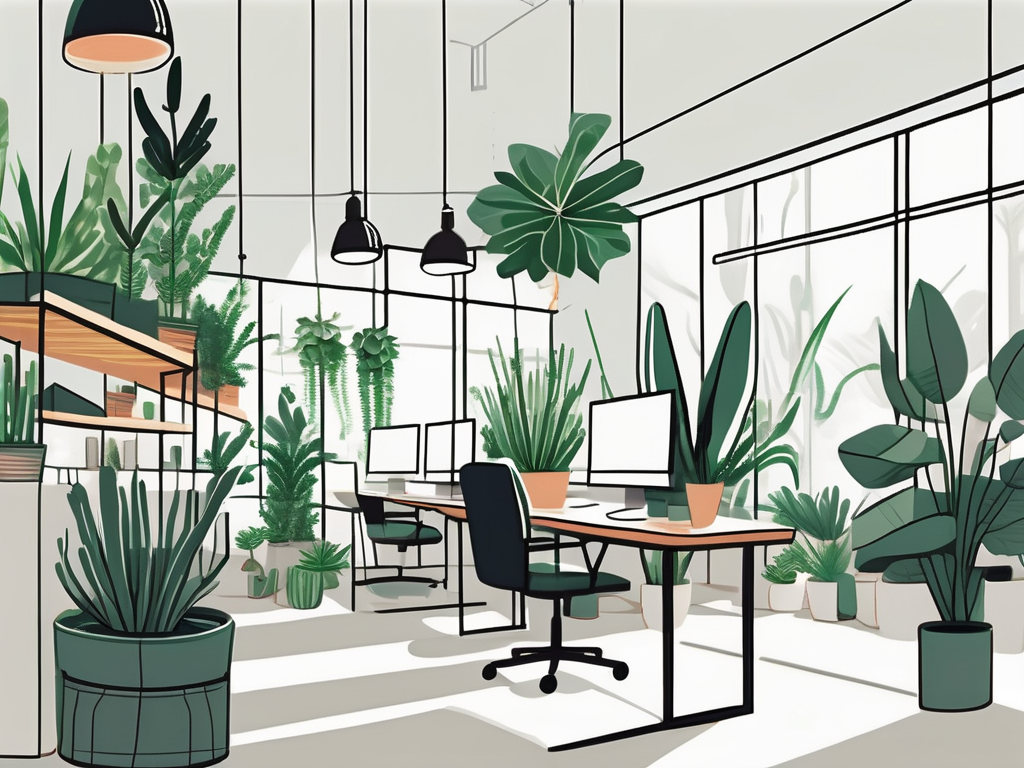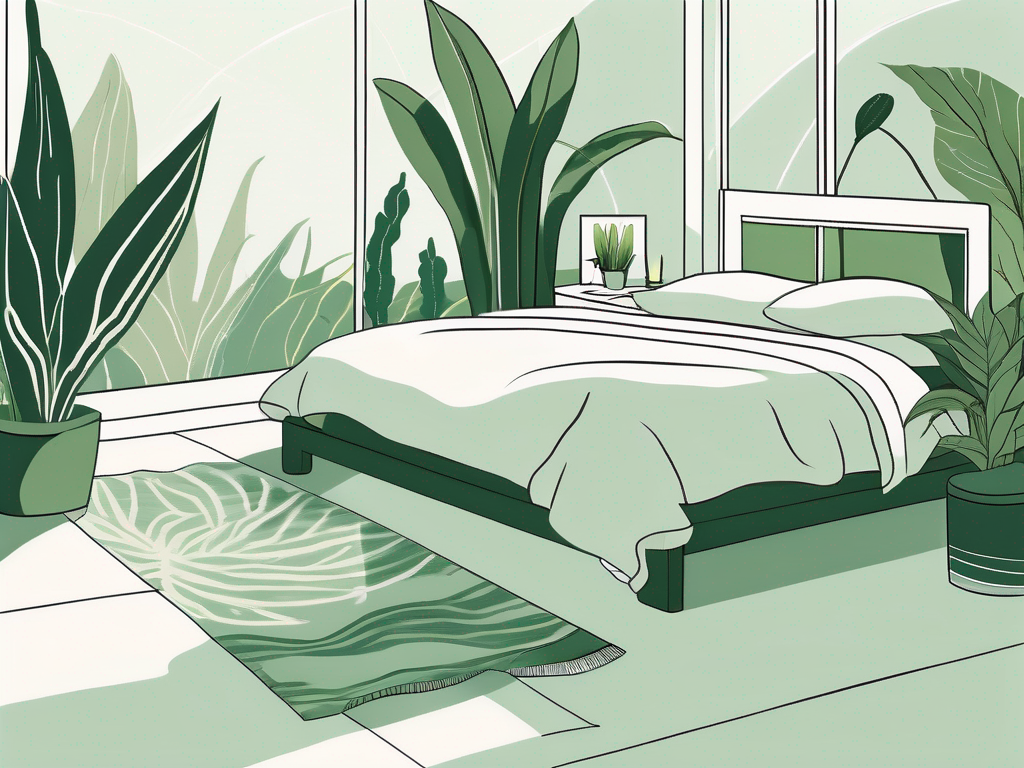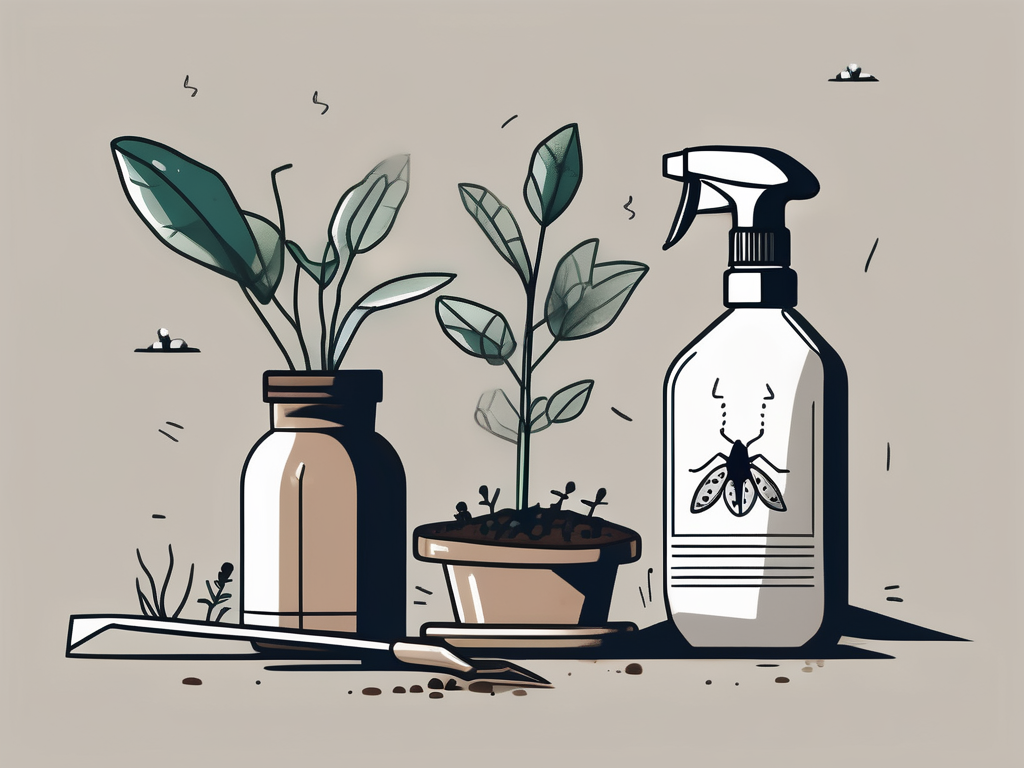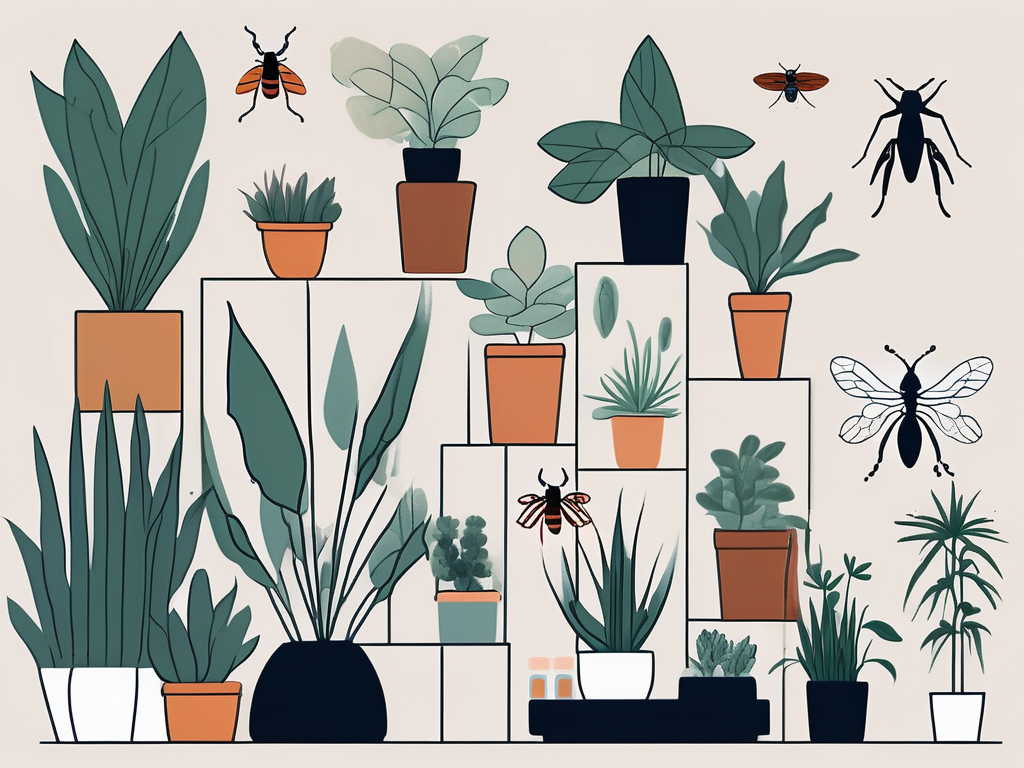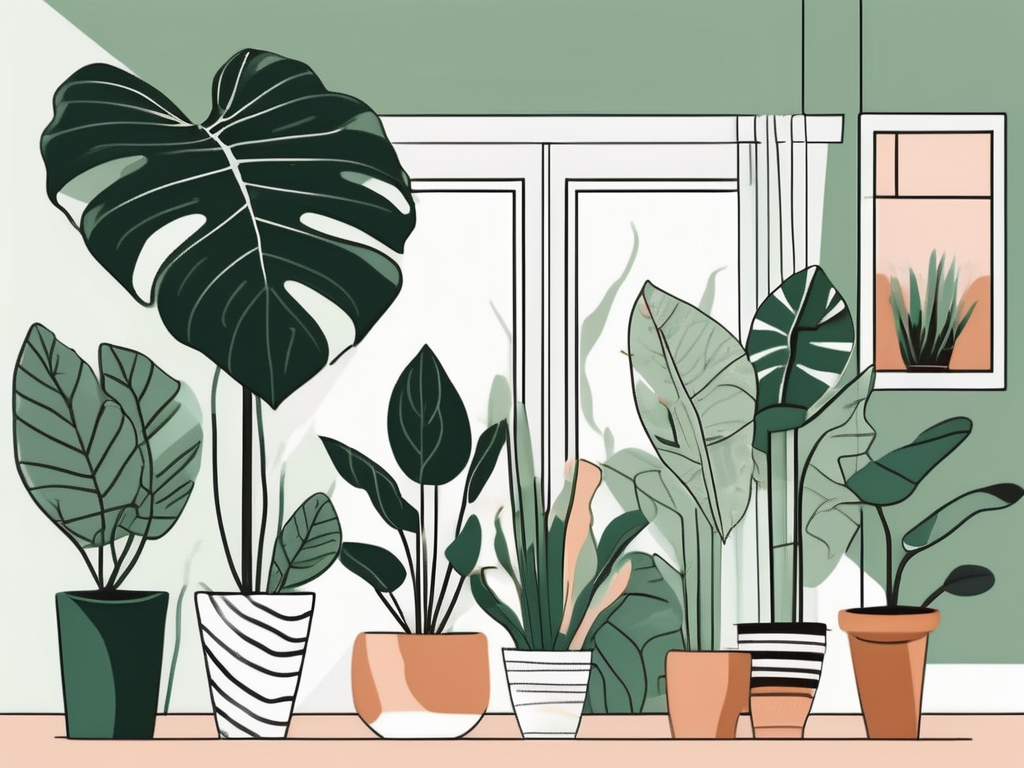
Houseplants are more than just decorative elements in our homes. They bring life, color, and a sense of tranquility to our living spaces. Whether you're a seasoned plant parent or just starting your green journey, choosing the right plants can significantly impact the vibe of your home.
In this article, we'll explore some of the best houseplants to create a vibrant and inviting home. From easy-care options for beginners to striking specimens that make a statement, we've got you covered. So, let's get ready to bring some greenery into your life!
Why Houseplants Matter
Before we dive into the specific plants, it's worth understanding why houseplants are such a great addition to any home. They aren't just eye candy; they offer several benefits that go beyond aesthetics. For starters, houseplants improve air quality. They absorb carbon dioxide and release oxygen, creating a fresher environment. Some plants even filter out common toxins, making your indoor air healthier to breathe.
Interestingly enough, plants have a calming effect on our minds. They can reduce stress and boost mood, which is why they're often found in offices and workspaces. Imagine coming home after a long day to a room filled with lush greenery—it’s like a mini retreat. Plus, taking care of plants can be a therapeutic activity, providing a break from screens and daily stressors.
Lastly, houseplants are versatile design elements. They can soften a room's look, add pops of color, and even improve acoustics by absorbing sound. Whether you're decorating a minimalist space or a cozy nook, plants can enhance the overall aesthetic, making your home feel more welcoming.
Easy-Care Houseplants for Beginners
If you're new to the world of houseplants, starting with easy-care options is a smart move. These plants are generally forgiving and don't require a green thumb to thrive. Here are a few beginner-friendly choices:
- Snake Plant (Sansevieria): Known for its tall, sword-like leaves, the snake plant is almost indestructible. It can survive in low light and only needs to be watered occasionally. It's perfect for those who travel frequently or forget to water their plants.
- Pothos (Epipremnum aureum): Pothos is a versatile vine with heart-shaped leaves that come in various shades of green, yellow, and even white. It's great for hanging baskets or trailing along a shelf. It thrives in low to bright indirect light and only requires watering when the soil is dry.
- Spider Plant (Chlorophytum comosum): With its arching leaves and tiny plantlets, the spider plant is both decorative and easy to care for. It's an excellent air purifier and does well in indirect light. Like pothos, water it when the top inch of soil feels dry.
These plants are a great starting point for anyone looking to bring some greenery into their home without too much fuss. They're hardy, adaptable, and will forgive a few beginner mistakes.
Plants That Make a Statement
For those looking to add a bold touch to their space, statement plants are the way to go. These plants often have unique shapes, sizes, or colors that draw attention and become focal points in a room.
- Monstera Deliciosa: Known for its dramatic, perforated leaves, the monstera is a tropical plant that can grow quite large, making it a perfect statement piece. It prefers bright, indirect light and moderate watering.
- Bird of Paradise (Strelitzia): With its large, banana-like leaves, the bird of paradise brings a bit of the tropics into your home. It loves bright light, so place it near a sunny window. Water it when the top inch of soil is dry.
- Fiddle Leaf Fig (Ficus lyrata): The fiddle leaf fig is a popular choice for its large, violin-shaped leaves. While it can be a bit fussy about light and watering, it’s worth the effort for its striking appearance. Make sure it gets bright, indirect light and water it when the soil is dry to the touch.
These plants not only add visual interest but also help define the space they occupy. Whether you place them in a corner or use them as a room divider, they're sure to be conversation starters.
Houseplants for Low-Light Spaces
Not every room is blessed with abundant natural light, but that doesn't mean you can't enjoy the benefits of houseplants. Some plants thrive in low-light conditions, making them perfect for darker corners or rooms with minimal windows.
- ZZ Plant (Zamioculcas zamiifolia): The ZZ plant is a low-light superstar. Its glossy, dark green leaves can survive in dim conditions and require infrequent watering. It's also resistant to pests, making it a low-maintenance option.
- Peace Lily (Spathiphyllum): The peace lily is known for its elegant white blooms and ability to thrive in low light. It prefers higher humidity but will tolerate average room conditions. Water it when the top inch of soil is dry.
- Cast Iron Plant (Aspidistra elatior): True to its name, the cast iron plant is incredibly tough. It withstands low light, infrequent watering, and a range of temperatures. Its broad, dark green leaves add a touch of elegance to any space.
These low-light plants are perfect for spaces like bathrooms, basements, or offices. They bring life to areas that might otherwise feel cold or neglected.
Pet-Friendly Houseplants
For those with furry friends, safety is a top concern when selecting houseplants. Many common houseplants are toxic to pets, so it's essential to choose varieties that won't harm them if nibbled on.
- Areca Palm (Dypsis lutescens): This pet-safe plant has feathery fronds that add a tropical feel to your home. It prefers bright, indirect light and regular watering, keeping the soil consistently moist.
- Boston Fern (Nephrolepis exaltata): The Boston fern is non-toxic to pets and thrives in humid environments with indirect light. It requires regular watering to keep the soil moist.
- Calathea: Known for their striking leaf patterns, calatheas are safe for pets. They prefer low to medium light and need consistent moisture and humidity to thrive.
By choosing pet-friendly plants, you can enjoy a green home without worrying about your pets' safety. Always research a plant’s toxicity level if you have pets, as it's better to be safe than sorry.
Dealing with Common Plant Pests
Even the most robust houseplants can fall victim to pests. Common culprits include spider mites, aphids, and mealybugs. Recognizing and addressing these issues early can save your plants from severe damage.
First, regularly inspect your plants for signs of pests. Look for discolored leaves, webbing, or sticky residue. If you notice any of these symptoms, take action promptly. Here are a few strategies to manage pests:
- Manual Removal: For small infestations, manually removing pests with a damp cloth or a stream of water can be effective.
- Insecticidal Soap: A gentle option for pest control, insecticidal soap targets soft-bodied insects without harming the plant.
- Neem Oil: This natural remedy is effective against a range of pests. Mix it with water and spray it on affected areas.
Preventing pests is often easier than treating them. Ensure your plants have proper air circulation, avoid overwatering, and quarantine new plants before adding them to your collection.
Creating a Plant-Filled Space
Once you've selected your houseplants, it's time to think about how to arrange them to maximize their impact. A well-designed plant space can transform a room, making it feel lively and inviting.
Consider varying the height and size of your plants. Use plant stands, shelves, or hanging planters to create layers and depth. Group plants with similar care requirements together, making maintenance easier.
An effective way to design a plant-filled space is to use a mix of plant types and textures. Combine leafy plants with succulents or cacti for contrast. Incorporate plants with different leaf shapes and colors to add visual interest.
Don't forget about containers! Pots are part of the decor, so choose ones that complement your style. Whether you prefer sleek, modern pots or rustic, handmade ceramics, the right container can enhance your plant's appearance.
Maintaining Healthy Houseplants
Once your plants are in place, keeping them healthy is crucial. Regular maintenance ensures they continue to thrive and look their best.
Start by establishing a watering routine. Most houseplants prefer to dry out slightly between waterings, but the frequency will depend on the plant type, pot size, and environment. Check the soil moisture with your finger before watering.
Lighting is another critical factor. Ensure each plant is receiving the appropriate amount of light. If a plant is stretching or its leaves are fading, it might need more light.
Fertilizing is also essential for healthy growth. During the growing season, typically spring and summer, use a balanced liquid fertilizer every few weeks. Be sure not to over-fertilize, as this can harm your plants.
Regularly clean your plants' leaves to remove dust and promote photosynthesis. This can be done with a damp cloth or by giving them a gentle shower.
Repotting and Soil Care
Over time, your plants will outgrow their pots or deplete the nutrients in their soil. Repotting is a vital part of plant care that can boost your plants' health and growth.
Signs that your plant needs repotting include roots growing out of the drainage holes, stunted growth, or water sitting on the soil surface. When repotting, choose a pot that's one size larger than the current one to give the roots more room to grow.
Use high-quality potting soil suited to your plant's needs. Some plants, like succulents, require a fast-draining soil mix, while others, like ferns, prefer a more moisture-retentive mix.
After repotting, water the plant thoroughly to help it settle into its new home. Repotting can be stressful for plants, so give them a few weeks to adjust before fertilizing or making any additional changes.
Final Thoughts
From easy-care favorites to striking statement pieces, houseplants have the power to transform your home into a vibrant, inviting space. With the right selection and care, they can thrive in any environment, bringing joy and a touch of nature to your daily life.
At Cafe Planta, we're passionate about helping you find the perfect plants for your home. Whether you're new to plant care or a seasoned pro, we offer a variety of houseplants and accessories to suit your needs. If you have any questions or need plant care advice, feel free to email us or send us a message on Instagram. Let's grow together and create beautiful, thriving plant collections!

